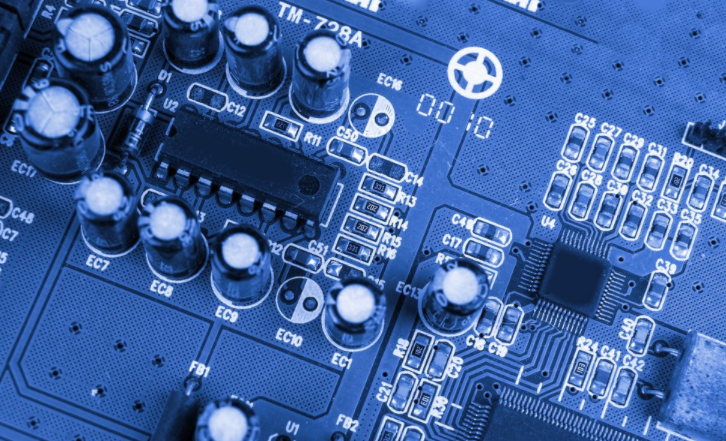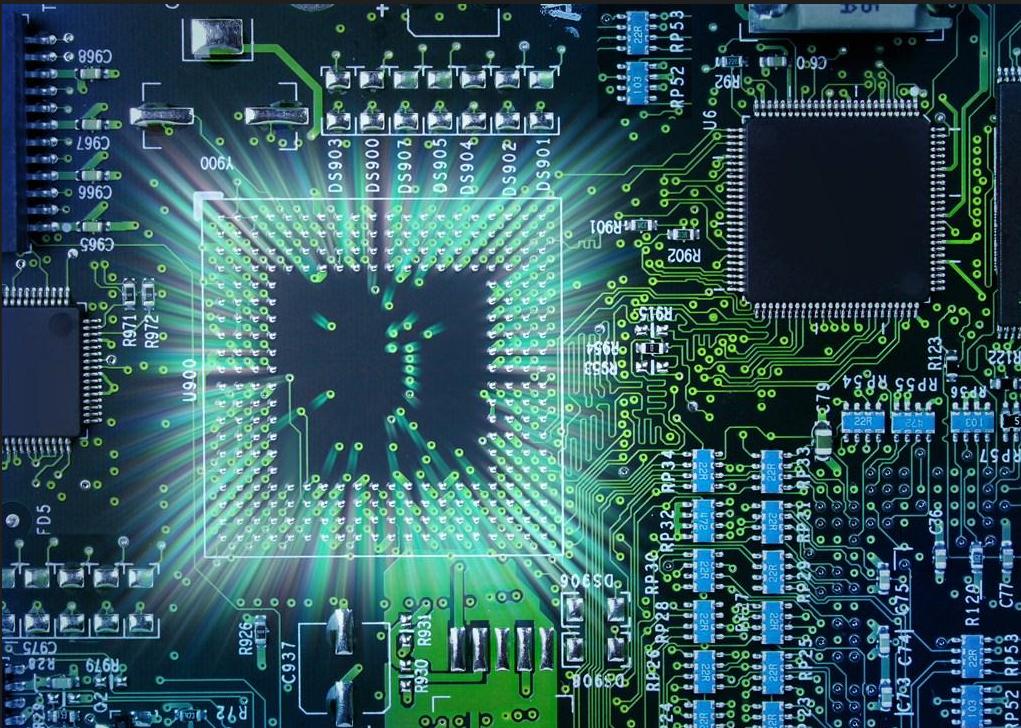
Forming Process of PCBA Integrated Circuit Lead
The main purpose of lead forming is to ensure that the device lead can be welded to the corresponding bonding pad of PCBA; On the other hand, it mainly solves the problem of stress relief After PCBA assembly welding and commissioning, environmental stress, such as vibration and high and low temperature impact, will be applied Test. Under this environmental pressure condition, a certain test of the device body and PCB solder joint strength will be formed By forming integrated circuit leads, part of the stress formed during the environmental stress test will be relieved Stress relief is mainly embodied in forming all leads or wires between the root of element leads and welding points to ensure free expansion and contraction of leads or wires between two limiting points and prevent harmful components and welding joints caused by mechanical vibration or temperature changes Stress plays a key role in improving product reliability Therefore, more and more attention has been paid to the lead forming of integrated circuits
Circuit board

Except for special cases, there are three types of wiring conduits for integrated circuit leads, namely top wiring conduits, middle wiring conduits and bottom wiring conduits. However, no matter which kind of wiring pipe is used, the forming mechanism will not be much different, just in the process control. This is different. According to practical experience and relevant requirements of this standard, several key technical parameters of IC lead forming are analyzed as follows:
1. Shoulder width (A)
That is, the distance from the root of the wire to the first bending point As shown in Figure 1, the width of shoulders on both sides of the device shall be basically the same during the forming process The conductor shall not bend at the root of the device body, The minimum size is 2 times the conductor diameter or 0.5 mm In this case, the corresponding PCBA gasket should also be considered comprehensively, and then adjusted appropriately according to actual needs
2. Length of welding face (B)
That is, the distance from the wire cutting point to the second bending point of the wire is shown in Figure 1. In order to ensure the reliability of welding, for circular leads, the length of overlapping leads on the bonding pad shall be at least 3.5 times of the lead diameter, and the maximum shall be 5.5 times of the lead diameter, but shall not be less than 1.25 mm; For flat leads, the length of the overlapping leads on the bonding pad shall be at least 3 times of the lead width, and the maximum value shall be 5 times of the lead width. The end face after cutting the leg shall be at least 0.25mm away from the edge of the gasket. When the width of flat conductor is less than 0.5mm, the overlapping length shall not be less than 1.25mm;
3. Station height (D)
That is to say, the distance between the main body of the part and the mounting surface after forming is shown in Figure 1. The minimum distance is 0.5mm and the maximum distance is 1mm. It is necessary to provide a certain size of station height in the process of component lead wire forming. The main reason is to consider the problem of stress release, so as to avoid the formation of hard contact between the component body and the PCB surface, resulting in no space for stress release, thus damaging the device. On the other hand, in the process of 3 anti coating and potting, 3 anti coating and potting adhesive can be effectively immersed in the bottom of the wafer. After curing, the adhesion strength between the chip and PCB will be effectively improved, and the anti vibration effect will be enhanced.
4. Conductor bending radius (R)
In order to ensure that the welding surface of integrated circuit leads has good coplanarity (not less than 0.1mm) after the formation of integrated circuit leads. Due to the rebound of device leads in the formation process, the rebound coefficient of different data and different lead thickness (diameter) has a certain degree. During the lead forming process, the lead bending radius should be controlled to ensure that the lead welding surface has good coplanarity after forming, and the warpage should not exceed 0.25mm. According to IPC610D, when the lead thickness is less than 0.8mm, the minimum lead bending radius is 1 time of the lead thickness; When the lead thickness (or diameter) is greater than 0.8mm, the minimum lead bending radius is 1.5 to 2.0 times of the lead thickness. In the actual forming process, on the one hand, refer to the above empirical values, and on the other hand, determine through theoretical calculation. The main parameters to be determined are the fillet radius of the forming die and the fillet radius of the lead wire.
5. Coplanarity of Lead Forming
Coplanarity is the vertical distance between the lowest landing plane and the highest stylus. Coplanarity is one of the most important parameters of IC lead forming. If the coplanarity of the device is not good and exceeds the specified allowable range, the force on the device body will be uneven and the reliability of the product will be affected. JEDEC stipulates that the lead forming coplanarity of the device is 0.1016mm. The main factors causing poor coplanarity are as follows: First, the design of the guide rail of the forming die is unreasonable, and the coplanarity is poor, which needs to be properly adjusted in the design; On the other hand, it is also related to the operator's operational stability. This also has a lot to do with the warping of equipment wires during the turnover process. The coplanarity of molded IC leads is usually evaluated qualitatively by appearance. The method is to place the formed IC on a plane with good flatness, and observe the pins on the plane with a 10X magnifying glass. For this position, qualified tissues can purchase profilers or optical probe scanners for quantitative measurement.
6. Pin skew
Lead deflection refers to the deviation between the formed lead and its theoretical position measured relative to the package centerline Under normal circumstances, qualitative judgment can be made by appearance The main method is to place the formed integrated circuit on the pad to be welded during PCB processing, observe the relative position of the pin and PCB pad, and ensure that the maximum lateral deviation does not exceed 25% of the lead width This is the minimum requirement On the other hand, it can be accurately measured by contour projector and optical needle scanning system The pin tilt should be less than 0.038 mm The cause of lead deflection may be related to many factors, including molding, lead cutting, molding, and the leadership structure itself







